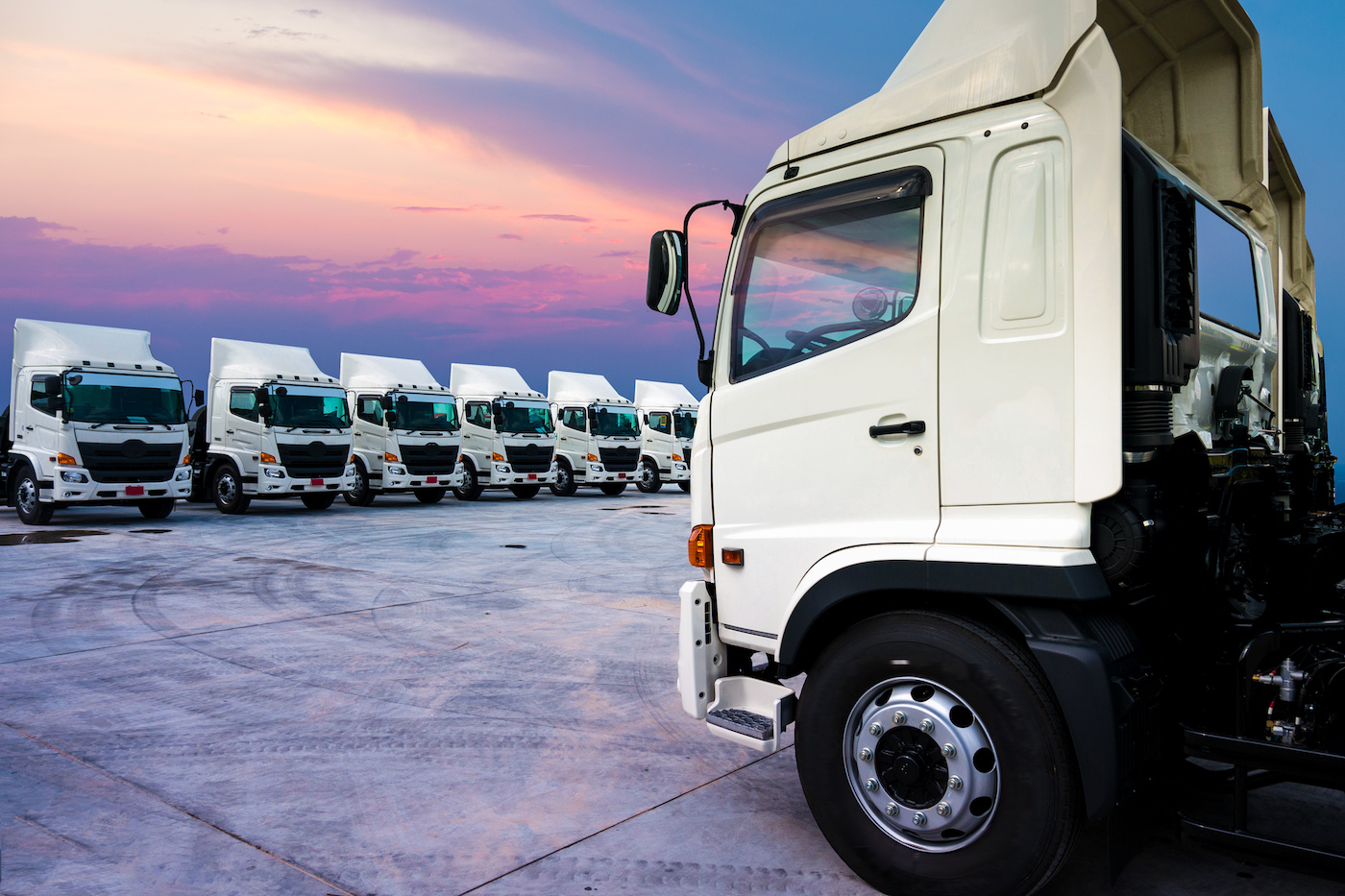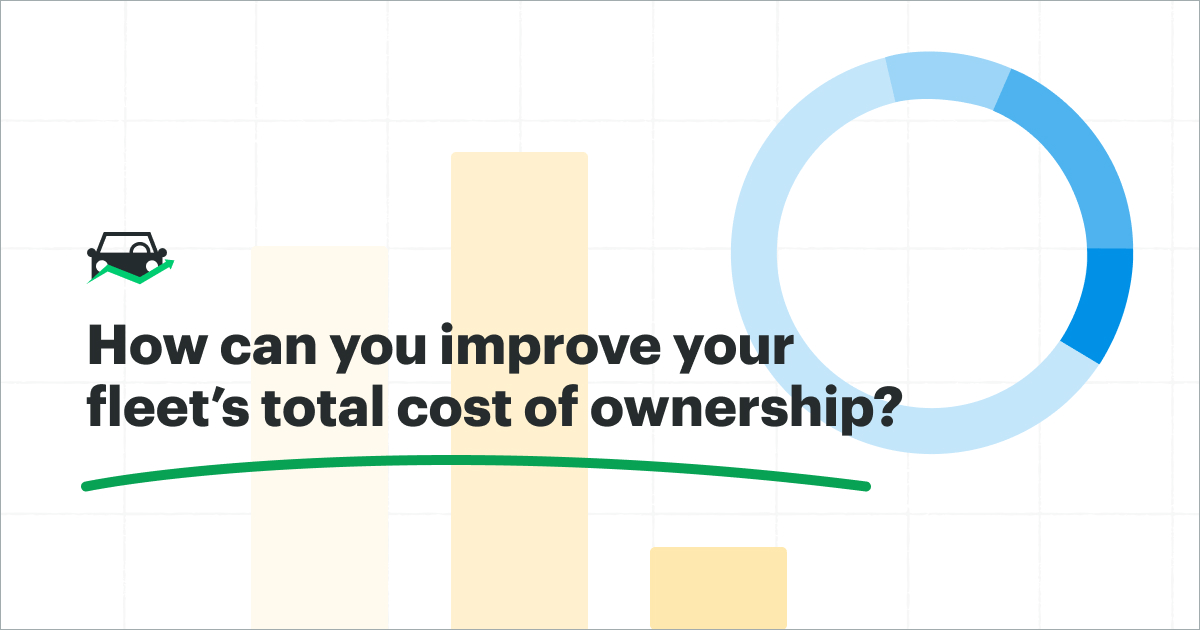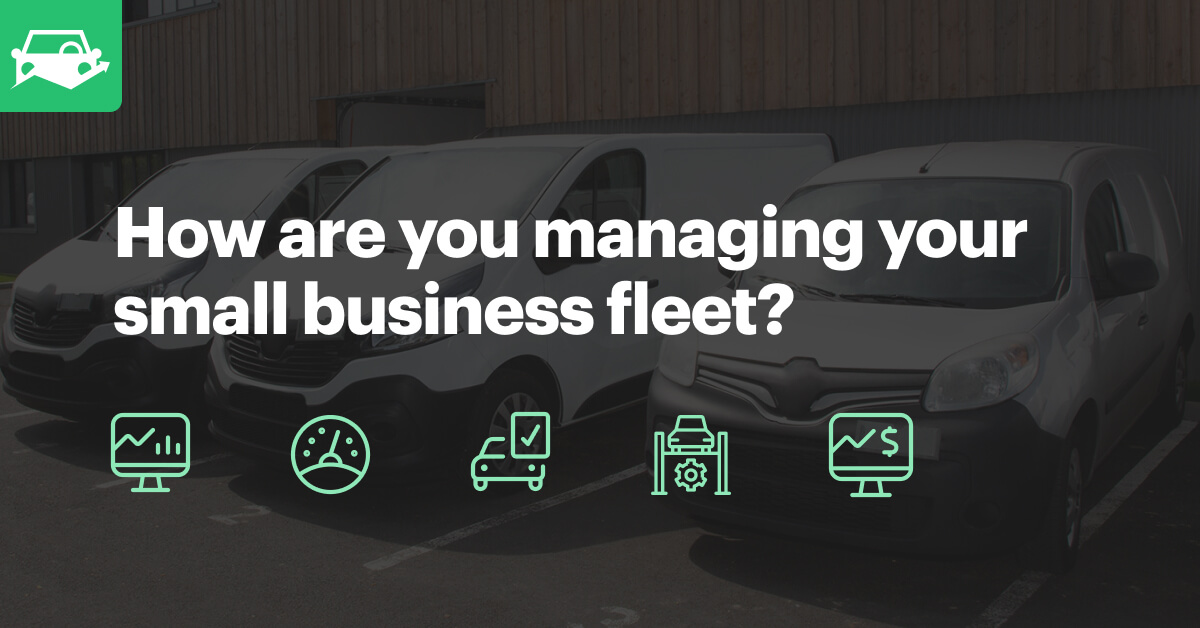Total cost of ownership (TCO) is the cumulative cost incurred at the asset level from its acquisition to disposal. TCO of your vehicles is crucial to understanding the cost of your assets in order to make informed financial decisions about your fleet. You will want to make sure you know how to calculate TCO and then how to minimize TCO for your fleet.

When it comes to minimizing total cost of ownership of an asset, you can consider associated costs before purchase and after purchase.
Total cost of ownership before purchase
Upfront costs
Once you purchase an asset, the price you paid is the unwavering cost you must use from then on in TCO calculations. It sounds intuitive, but the lower you can negotiate initial asset costs, the lower your overall TCO costs will be. So put in time to get the best deal you can before buying.
Storage
Fleet vehicles and equipment can be significantly large in size, especially construction equipment and tractor-trailers. Something you will want to consider before adding assets to your fleet is storage. Is there space available for additional items? Are your storage facilities optimized to minimize the cost?
Training
In order to correctly and safety operate new specialized equipment, your employees may require training, potentially ongoing training. Be sure to price out how much training will cost including lost employee productivity time.
If you have high staff turnover and specialized equipment, you may have to invest a significant chunk into employee training.
Risks
Things happen. Price out the worst cost scenario for the asset considering environmental risks, potential injuries, non-compliance penalties, performance risks and any others. You can not always predict what will happen, but if you consider the possibilities, you can be more prepared.
Total cost of ownership after purchase
While it’s important to be aware of and minimize factors that influence TCO before a purchase, much of it is out of your control. Your greatest opportunity for minimizing TCO lies in factors within your control after purchasing the vehicle.
Operation
Following best practices for operation of vehicles and equipment has a significant impact on costs and their useful life.
Make sure your operators properly start, change speeds and shut down assets consistently. If they fail to do so, it contributes to 27 percent of all asset-related reliability problems, increases energy consumption by 15 percent and reduces useful life of the asset by 20 to 30 percent.
When best practices are followed, your company avoids these unnecessary costs and extends the useful life of the asset.
Asset care
Maintenance permits prolonged peak performance of a vehicle. Operators should frequently be inspecting their vehicles to reduce downtime and energy consumption. Fleet maintenance software is one way your team can feel accountable to keep up with inspections and other maintenance tasks.
Best practices in asset care include sustaining maintenance, such as alignment, and periodic part replacements for vehicle components with finite useful lives.
When following best care practices, a small deviation like one percent or a fraction of a percentage is tempting to push off or ignore, but that fraction makes a substantial difference annually and over the ten to 20-year life of a vehicle.
These are multiple ways you can work to minimize the total cost of ownership for your current and new fleet vehicles. This time investment translates into greater monetary savings down the line.



